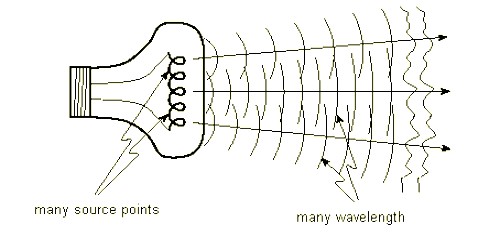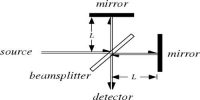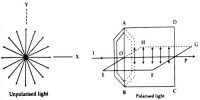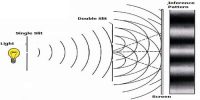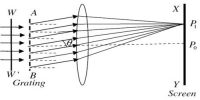Coherent sources of Light-wave
If light-waves of the same wavelength are emitted from two sources with a particular phase difference and it that phase difference is maintained all along during propagation then those sources are called coherent sources.
Two beams of light are coherent when the phase difference between their waves is constant; they are noncoherent if there is a random or changing phase relationship. Light emitted from two completely independent identical sources or light emitted from different parts of the same source will not form coherent sources i.e., same particular phase difference does not exist all along. (But by a laser instrument coherent monochromatic light can be produced). In order to produce coherent sources, normally light emitted from a single source is divided into two parts in such a way as each part becomes an independent source. These two divided parts are considered as two coherent sources.
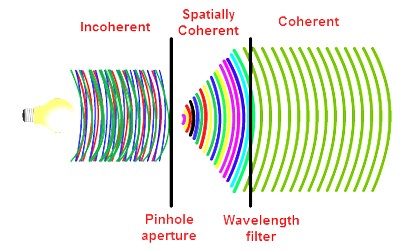
Fig: Coherent sources of Light-wave
In laboratories, in this way, the coherent sources are produced from ordinary light. Coherent sources have the following characteristics:
- The waves generated have a constant phase difference
- The waves are of a single frequency
